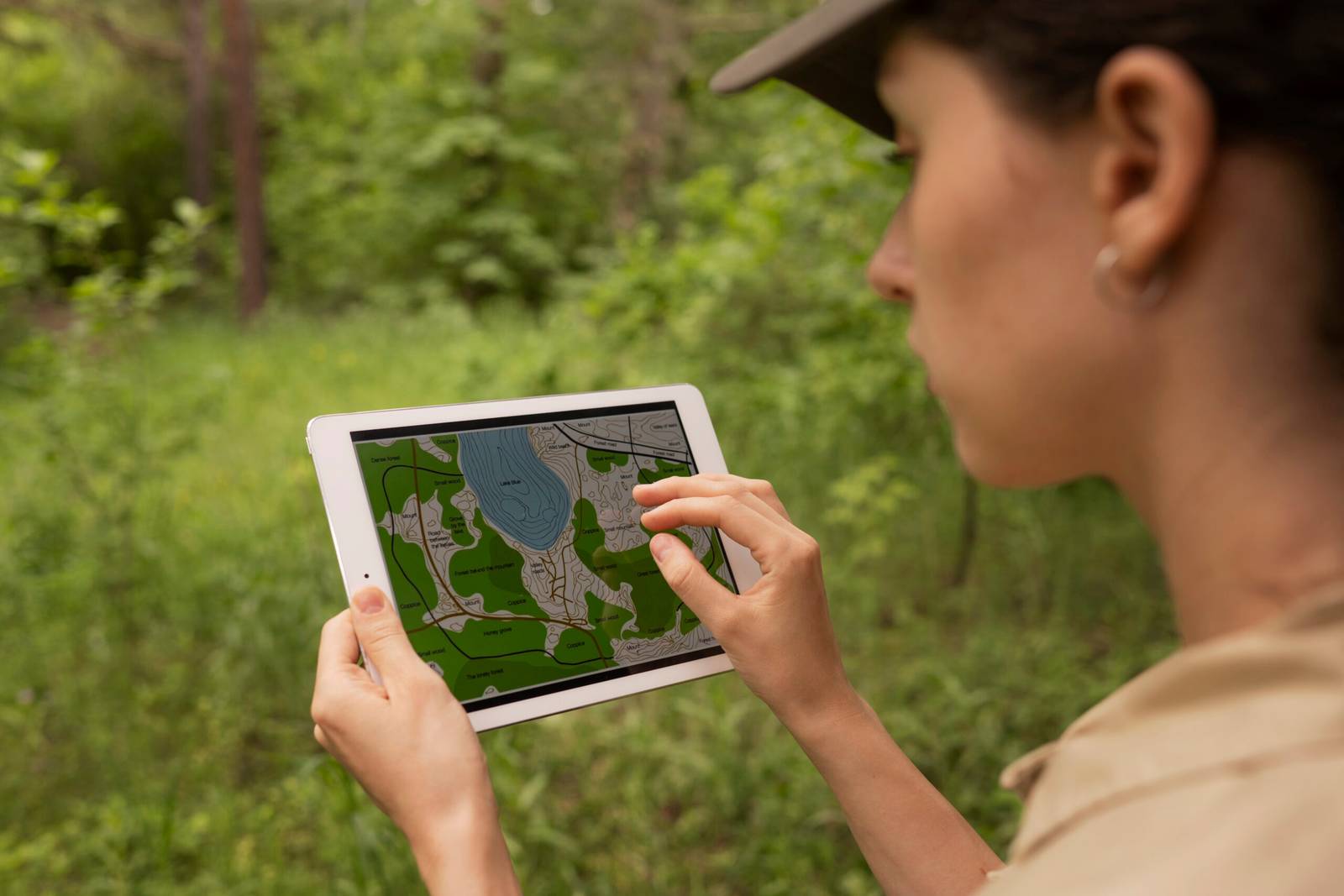The Role of Tech in Environmental Conservation

by Web Digital
The global environmental crisis is one of the most pressing challenges of our time. Climate change, habitat destruction, pollution, and species extinction threaten the health of our planet. To combat these issues, innovative solutions are required, and technology has a significant role to play in environmental conservation. In this article, we will explore the various ways in which technology is contributing to the preservation and restoration of the environment.
1. Data Collection and Analysis
One of the critical aspects of environmental conservation is understanding the state of our planet. Technology plays a pivotal role in data collection, analysis, and monitoring. Remote sensing technologies, such as satellites and drones, allow for the collection of vast amounts of data on environmental conditions. These tools help researchers and conservationists track deforestation, monitor the health of coral reefs, and assess the impacts of climate change.
Data analysis through artificial intelligence and machine learning helps identify trends and patterns, enabling better-informed decision-making. For example, machine learning algorithms can process data from sensors placed in ecosystems to predict disease outbreaks in wildlife populations or identify areas at risk of wildfires.
2. Conservation Drones
They are used for a variety of purposes, including monitoring wildlife, tracking poaching activities, and assessing the health of forests. Conservation drones can access remote and challenging terrain, providing a cost-effective and non-invasive way to gather crucial data for conservationists.
3. Internet of Things (IoT)
The Internet of Things (IoT) involves connecting everyday objects to the Internet, enabling them to send and receive data. In environmental conservation, IoT devices are used to monitor and manage resources more efficiently. For example, IoT sensors can track water quality, soil moisture levels, and air pollution. This real-time data allows for better resource management and the early detection of environmental issues.
4. Environmental Modeling and Simulation
Advanced modelling and simulation tools help researchers predict the impact of various scenarios on the environment. Climate models, for instance, use supercomputers to simulate the Earth’s climate system, allowing scientists to make projections about future climate change. These models are essential for policymakers and organizations working to mitigate the effects of global warming.
5. Renewable Energy Technologies
The transition to renewable energy sources, such as solar and wind power, is a crucial component of environmental conservation. Advancements in solar panel efficiency, wind turbine technology, and energy storage solutions have made clean energy more accessible and cost-effective. These technologies reduce greenhouse gas emissions and dependence on fossil fuels, contributing to the fight against climate change.
6. Sustainable Agriculture
Agriculture is a significant driver of deforestation, habitat loss, and environmental degradation. Precision agriculture uses data from sensors and satellite imagery to optimize crop management, reducing the use of water, pesticides, and fertilizers. Additionally, genetic engineering techniques are being used to develop crops that are more resilient to changing environmental conditions.
7. Wildlife Conservation and Anti-Poaching Efforts
Technology is instrumental in protecting endangered species and combating poaching. Camera traps and acoustic monitoring devices capture images and sounds of wildlife in their natural habitats, aiding in research and conservation efforts. Furthermore, the use of GPS tracking, satellite imagery, and artificial intelligence assists in monitoring and preventing poaching activities.
8. Environmental Education
Technology enhances environmental education by making information more accessible and engaging. Virtual reality (VR) and augmented reality (AR) applications enable immersive experiences that transport users to natural environments and ecosystems. Educational websites, online courses, and mobile apps provide a wealth of information about the environment, encouraging informed and responsible behaviours.
9. E-Waste Recycling
The rapid advancement of technology has resulted in a growing problem: electronic waste, or e-waste. To address this issue, technology is being used to develop recycling processes and recover valuable materials from discarded electronic devices. These efforts not only reduce the environmental impact of e-waste but also help conserve resources.
Challenges and Ethical Considerations
While technology offers numerous benefits for environmental conservation, it also presents challenges and ethical considerations:
Bridging the digital divide is essential to ensure that all communities can benefit from environmental technologies.
Privacy Concerns: The collection and sharing of environmental data can raise privacy issues.
Electronic Waste: The rapid turnover of electronic devices contributes to the growing problem of e-waste. Ensuring responsible disposal and recycling of technology is a significant challenge.
Overreliance on Technology: There is a risk of overreliance on technology solutions without addressing the root causes of environmental issues, such as overconsumption and resource depletion.
Ethical Use of Data: Using technology for environmental monitoring and data collection must adhere to ethical standards, ensuring that data is used for the benefit of the environment and not exploited for harmful purposes.
The Future of Environmental Conservation
As technology continues to advance, its role in environmental conservation will become increasingly significant. Innovations in fields such as artificial intelligence, renewable energy, and environmental monitoring will provide new tools and approaches to address environmental challenges.
Collaboration between technology developers, environmental organizations, governments, and local communities will be essential to ensure that technology serves as a force for positive change in the conservation of our planet. With the right strategies and ethical considerations in place, technology can be a powerful ally in the ongoing efforts to protect and preserve the natural world for future generations.
Recommended Posts

Web Design Portfolio Tips for Canadian Freelancers
September 27, 2025

The Cost of SEO Services in Canada
September 27, 2025

How to Use Google Business Profile for Local SEO
September 26, 2025
